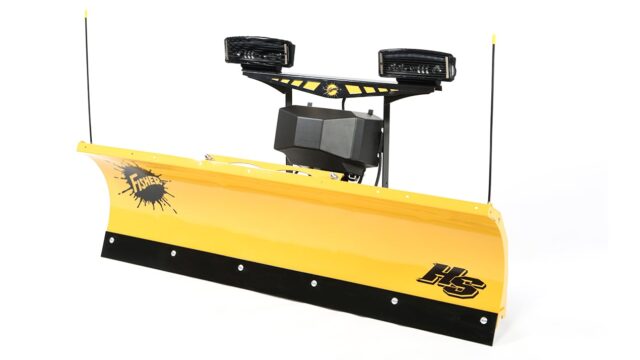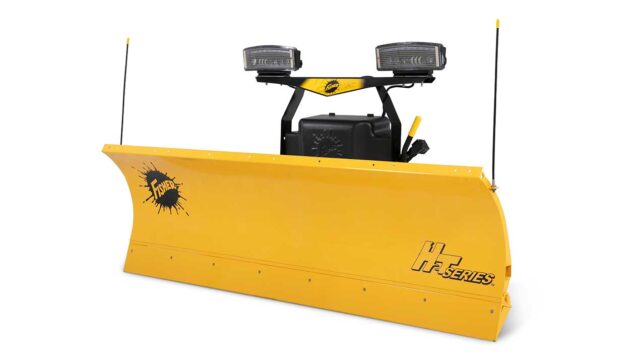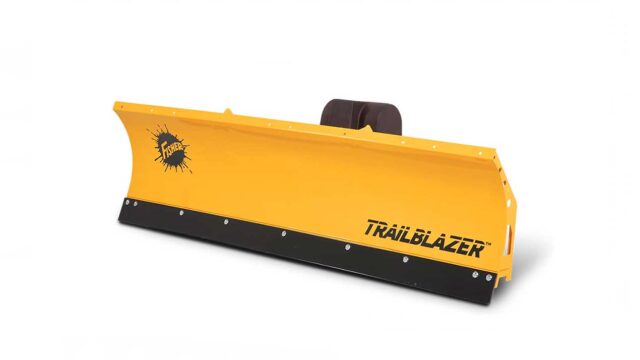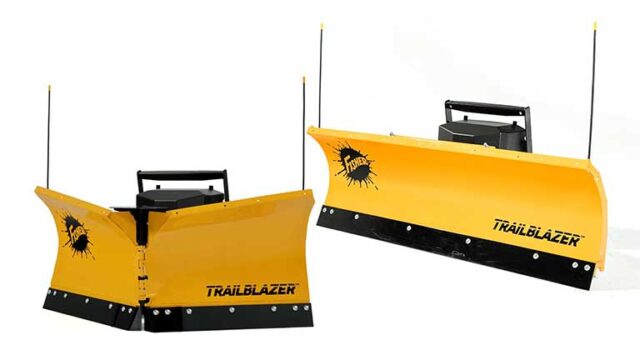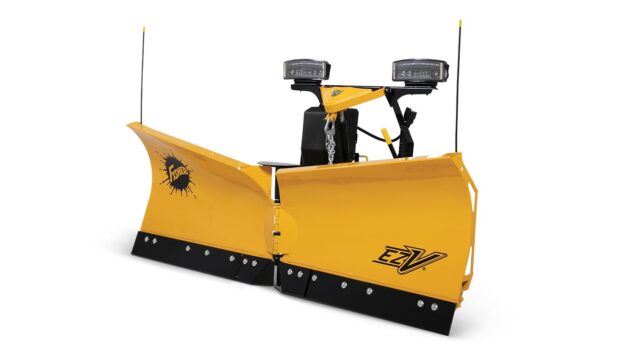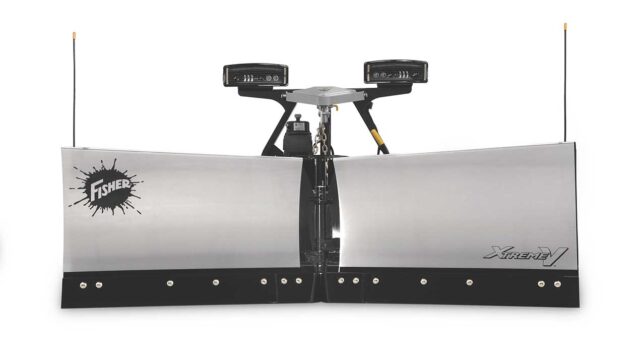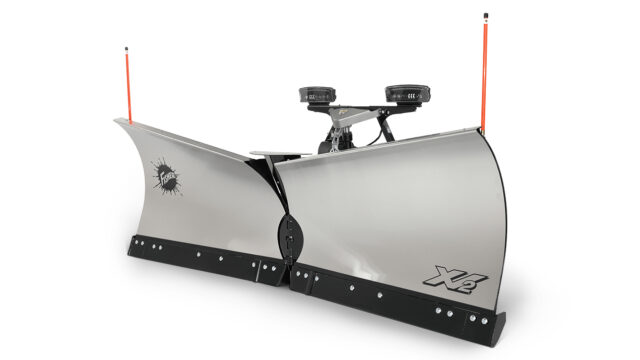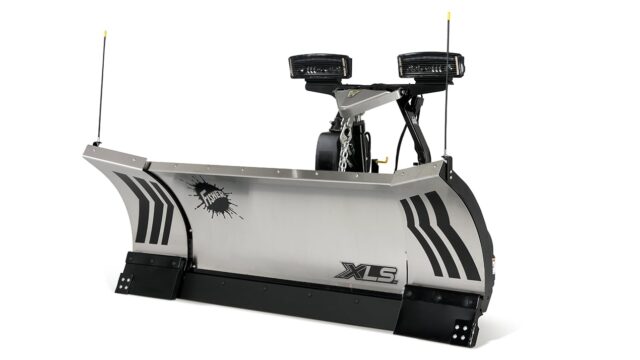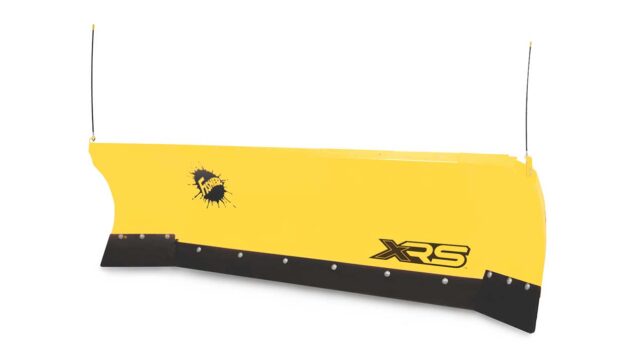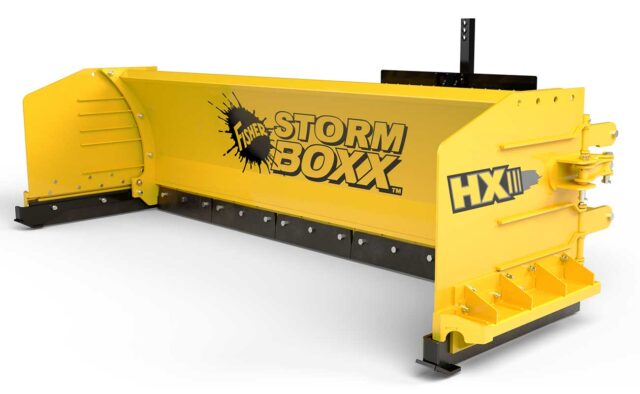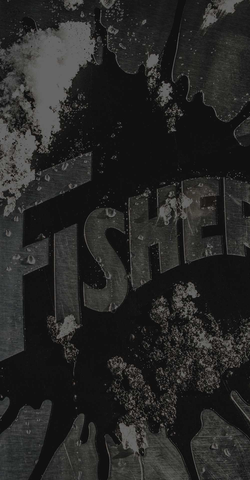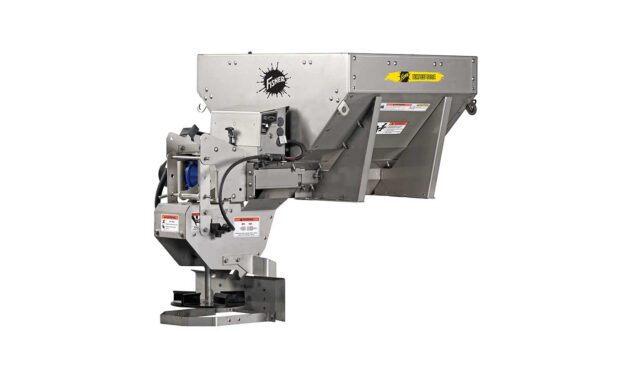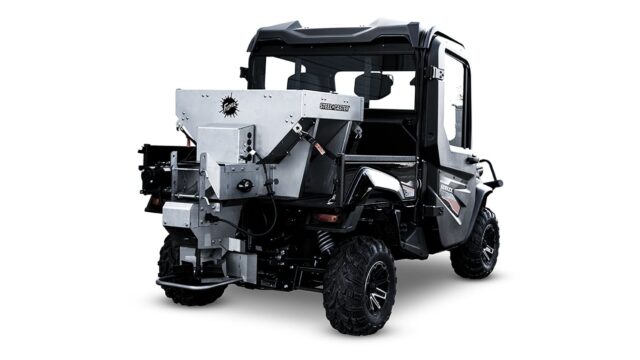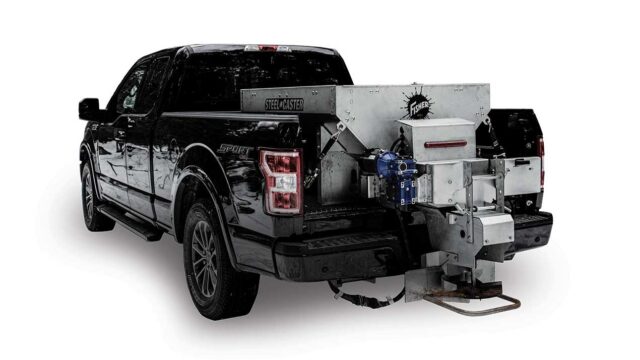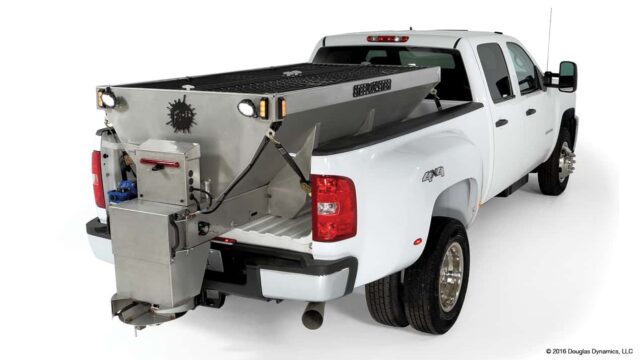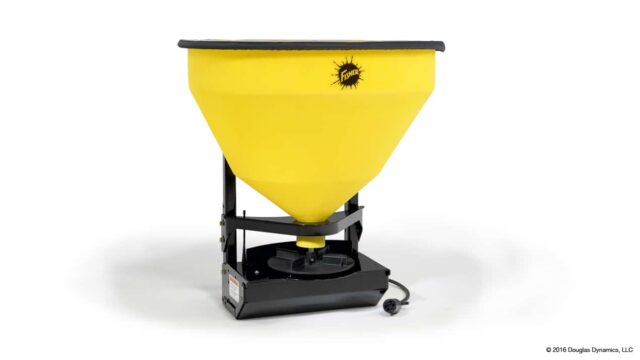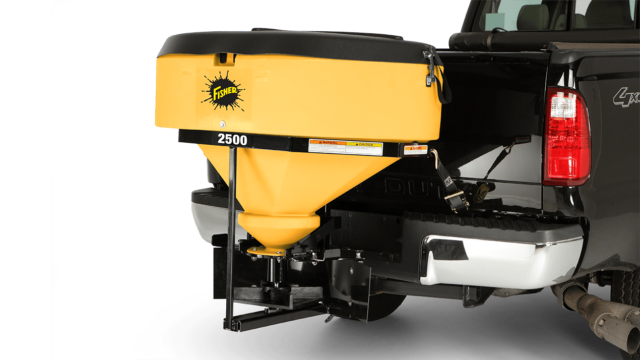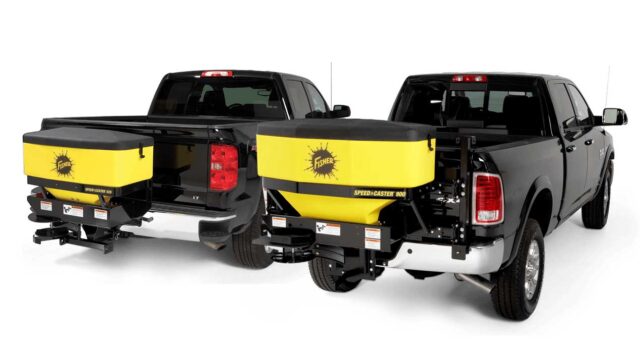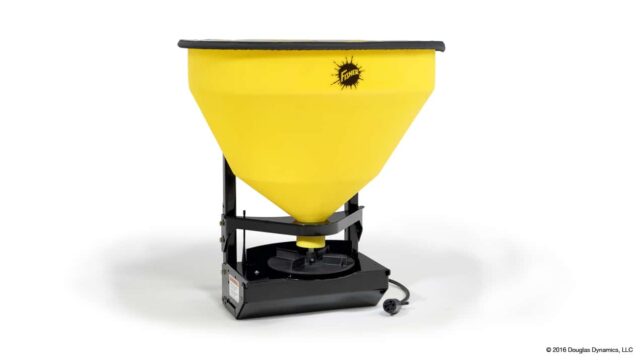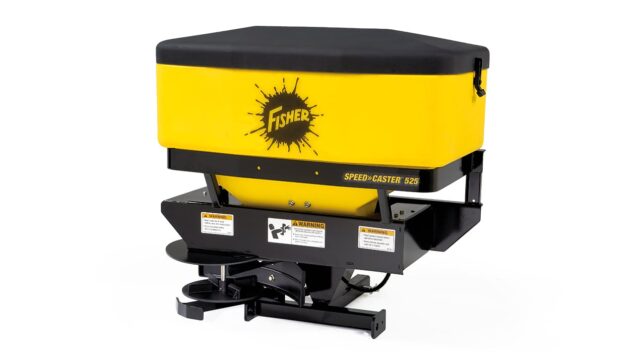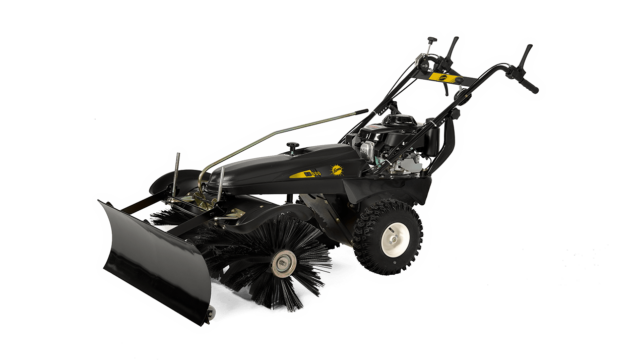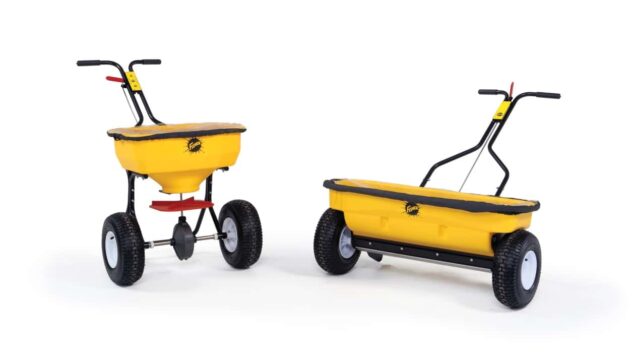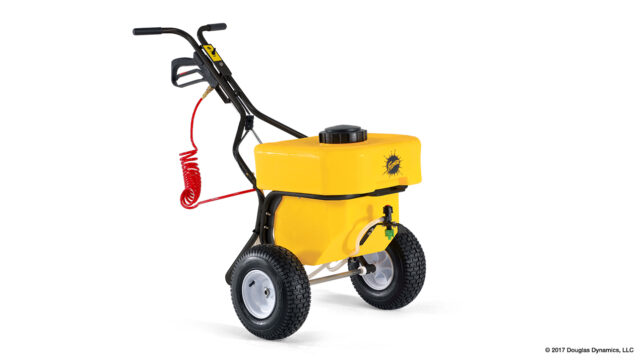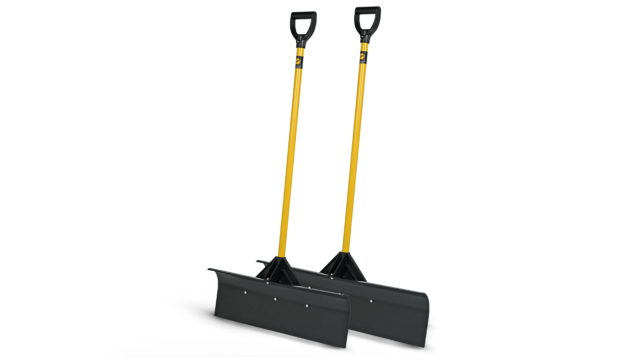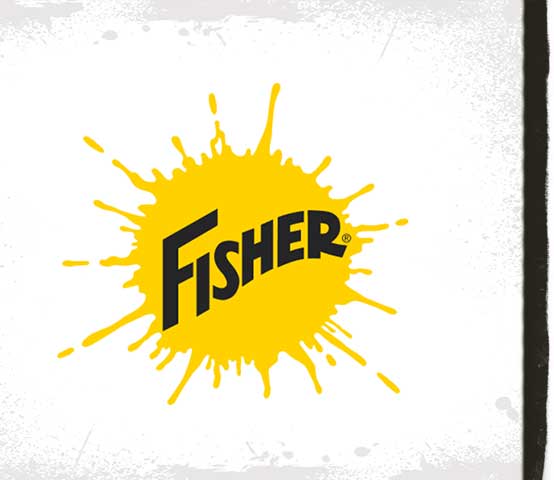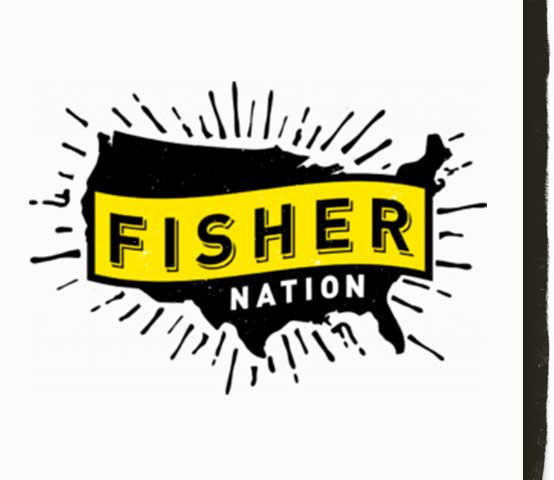The Inside Scoop on Snow Plow Cutting Edges From the Experts
Created November 16, 2021

A true snowplow professional is defined by quality and consistency. The results speak for themselves. And the place where the rubber (or other material) meets the road is the plow’s cutting edge. It needs to have the durability to withstand the elements, while also scraping down to the pavement without damaging the surface. There are a lot of things to consider when looking for the right cutting edge that will get you the best results.
Before you choose your cutting edge, you need to choose the right plow. Each FISHER® plow is meant for a specific level of performance and a specific application. They’re also made for specific kinds of vehicles, so you need to factor that in too. Make sure you have the right plow for the kind of work you’re doing, and then move on to the cutting edge.
How to Spot the Signs of a Worn Cutting Edge
You can’t get around the inevitable of replacing your cutting edge—but you can help improve its longevity. There are a lot of factors to consider that contribute to wear, including the contact pressure, climate, surface conditions, cutting edge material, and the speed at which you plow. In between plowing jobs, you should always be inspecting the plow to ensure it’s in good condition. If you see uneven wear, cracks, or other damage to the edge, it’s probably time to replace it.
Dialing in Your Snow Removal Productivity & Profitability
Performance and profitability are top priorities, and they don’t happen by accident. It takes strategy, observations, and adjustments over time to make sure you’re at peak efficiency. The reality is, you may need to try different cutting edges to see what works best for your customers and your operation. If your cutting edge is too hard (as seen with carbide/steel), it could damage the property. On the other hand, if it wears too quickly (as seen with rubber/poly), you’ll have far too much downtime and replacement costs tied up in switching out the cutting edge multiple times per season.
Don’t be afraid to try something new and see how it works. In the end, the more you try and monitor the results, the more likely it is that you’ll be able to dial in your performance.
Consider the Replacement Costs
As you’re optimizing your cutting edge replacement strategy, think about how you’re going to build those replacement costs into your property estimates. When you have determined the typical life of a cutting edge that works for you, spread that replacement cost out across the jobs that you typically do in that same time frame.
Rubber Cutting Edge
The best trait of the rubber cutting edge is how little—if any—damage it causes to the surface. Rather than scraping, it glides over the surface, but it can also leave some residual snow and ice. This can lead to safety issues that need to be seriously considered. In some applications, like parking garages or properties that feature decorative stone that can’t be damaged, rubber cutting edges are a necessity to protect the paved surfaces. In other situations, you might find that you need to replace the edge frequently, or that the edge may not deliver the clean finish you desire.
Poly Cutting Edge
There are pros and cons to all cutting edges, but poly edges tend to serve as a solid middle ground when it comes to durability. They’re softer than steel, but harder than rubber. It’s a nice compromise when you’re especially concerned with the surface you’re plowing. Although it might result in more frequent replacement, it can be worthwhile if you’re causing less damage to the pavement.
Steel Cutting Edge
These are the most common cutting edges used on FISHER plows. They resist bending, twisting, and uneven wear, and they provide a clean scrape and minimal property damage. They are also easily produced and readily available, so the replacement cost is often low. However, the downside is that you may need to replace the edge more often than a high-performance carbide edge, which means more downtime and more active inspection and monitoring.
You also have options when it comes to the thickness of the cutting edge. This is especially beneficial when you want the same performance but don’t want to replace the cutting edge as often. The increased contact area spreads the weight of the plow across a greater surface to slow the cutting edge wear. Sizes vary by model and availability, so make sure you do your homework before making your decision.
Carbide Cutting Edge
These cutting edges are the toughest in the business, made with tungsten and are specifically designed to resist wear. Because of that, you’ll want to use a carbide edge only on surfaces that are repaved often. Also, since most light duty applications don’t call for a carbide cutting edge, they’re only available on specific FISHER plow models. However, there’s no comparison when it comes to pure wear resistance.
When In Doubt, Talk to Your Dealer
As we previously recommended, it’s often best to try different cutting edges to see what works with your business operations. However, it’s always good to consult with your dealer to provide additional insight on what to choose.
In the end, it comes back to durability and performance, but always with a consideration of what’s going to make the customer happy. When they’re satisfied, they’ll keep coming back, and your reputation will be strengthened.
To get started with your research, visit the FISHER plows accessory page to see which cutting edges are available on each plow. Then, you’re well on the way to finding what works best for you, providing success this season and beyond.
You May Also Be Interested in These Articles:
- The Impact of OEM vs Will-Fit Snowplow Parts
- The “Before You Plow” Checklist
- Mid-Season Snow Plow Inspection & Maintenance Checklist
